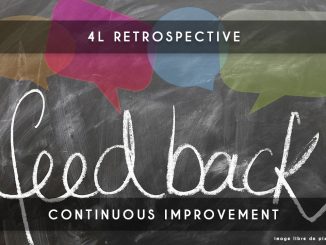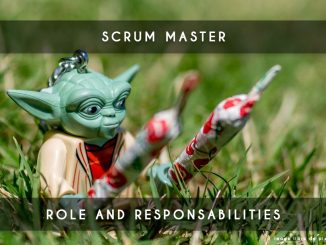
Scrum Master vs Product Owner – In the dynamic world of Agile development, the roles of Scrum Master and Product Owner stand out as two vital pillars. These roles are often misunderstood or confused, yet they are distinct and complementary. In this article, we’ll explore the differences between a Scrum Master and a Product Owner and how they collaborate to drive the success of Agile projects.
The Scrum Master: A Servant Leader
The Scrum Master, often referred to as the team’s “servant leader,” plays a critical role in facilitating the Agile process. They act as a guardian of the Scrum framework, ensuring that the team adheres to Agile principles and Scrum practices. Here are some key responsibilities of a Scrum Master:
1. Facilitating Scrum Events: The Scrum Master is responsible for organizing and leading Scrum events, including Sprint Planning, Daily Stand-ups, Sprint Review, and Sprint Retrospective. They ensure these events are effective and time-bound.
2. Removing Obstacles: One of the primary duties of a Scrum Master is to eliminate any impediments that hinder the team’s progress. They identify roadblocks, whether they’re related to processes or external issues, and work to resolve them.
3. Coaching and Mentoring: Scrum Masters provide guidance to the team, helping them understand and implement Agile practices. They coach team members on self-organization, continuous improvement, and collaboration.
4. Shielding the Team: Scrum Masters shield the team from external distractions and disruptions. They create a focused environment, allowing the team to concentrate on delivering value.
5. Continuous Improvement: Encouraging a culture of continuous improvement, the Scrum Master helps the team identify areas for enhancement and implement changes as needed.
The Product Owner: The Voice of the Customer
The Product Owner, on the other hand, is the advocate for the customer or stakeholders. They are responsible for defining the product vision, prioritizing features, and ensuring that the development team creates valuable and high-quality products. Here’s what a Product Owner typically does:
1. Defining the Product Vision: The Product Owner outlines the product vision, describing what the product should achieve and its intended value to customers or users.
2. Prioritizing the Product Backlog: They maintain the Product Backlog, a prioritized list of features, user stories, and tasks. The Product Owner decides what should be built next based on business value and customer needs.
3. Clarifying Requirements: Product Owners provide clear and detailed requirements to the development team. They answer questions, provide context, and ensure that the team understands what needs to be done.
4. Accepting or Rejecting Work: After each Sprint, the Product Owner reviews the completed work and accepts or rejects it based on whether it meets the acceptance criteria and aligns with the product vision.
5. Engaging with Stakeholders: Product Owners actively engage with stakeholders, gathering feedback and insights to make informed decisions about the product.
Collaboration between Scrum Master and Product Owner
While the Scrum Master and Product Owner have distinct roles, their collaboration is crucial to the success of Agile projects. They work together to create a balance between delivering customer value and maintaining the Agile process.
The Scrum Master supports the Product Owner by ensuring that the development team understands the product vision and requirements. They help the team stay focused, resolve impediments, and continuously improve their Agile practices.
Conversely, the Product Owner collaborates with the Scrum Master to understand the team’s capabilities and constraints. They align the product roadmap with the team’s capacity, ensuring that the work planned for each Sprint is feasible and valuable.
In conclusion, the Scrum Master and Product Owner are two essential pillars of Agile projects, each with unique responsibilities. By working collaboratively and understanding their respective roles, they can guide the team towards delivering successful products that meet customer needs and adhere to Agile principles.




Be the first to comment